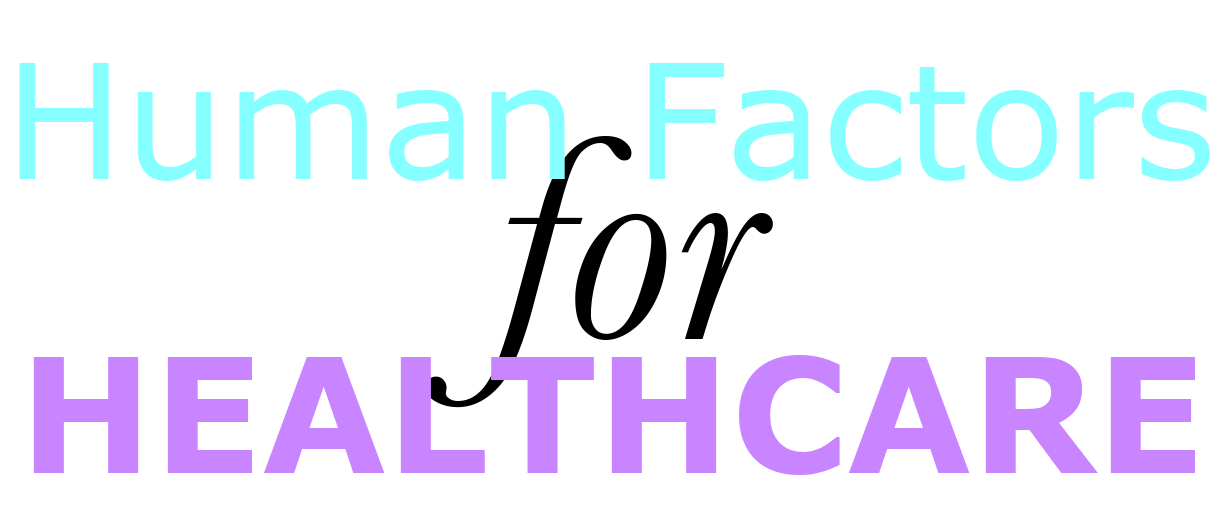Interviews
Key Points
- Provide insight into user needs and help establish context of the user’s environment
- Help to identify or clarify key points of frustration
What are they and Why use them
Interviews are perceived as an easy method to perform, but in actuality can be difficult to conduct well; however, they can produce good insights into the needs of users. They are used to explore issues and hear individuals’ stories. Interviews are versatile, as they can be conducted in person, over the telephone, or by video link. Interviews can also range from unstructured, which involves going in with no clear focus and letting the questions come naturally, to semi-structured, where the interview is guided by a script but allows the interviewer to explore issues in more detail by adding follow-on questions, to structured, where the interviewer cannot deviate from the questions they have created. In relation to human factors, semi-structured interviews are the most common as they provide guidance to the interviewer as to what they are going to ask, but provide the flexibility to delve into topics that warrant further exploration.
When to use them
Interviews can be conducted at various times during the ‘understanding user needs’ phase. If the researcher is unfamiliar with the environment they are examining, then an interview prior to conducting observations could provide them with the necessary context. Interviews post-observations help to gain further insight from the users with identified issues when contextual inquiries are not possible. When used in healthcare, interviews should have a clear objective and the duration should be taken into account (keep it short).
To enrich data collected from interviews, probes can be used to help guide discussion or to uncover information specific to what issues you are exploring. Probes can take on various shapes and sizes, from graphs of data, screenshots or video of observations, or cards that promote new thoughts.
How to use them
| Introduction: | Introduce yourself, explain the intention of the interview, reassure them about ethical issues and data management, gain signed consent, ask to record. |
| Warm-up: | Ask general non-threatening questions. |
| Main body: | Present questions in a logical order and start with broad questions and then narrow down. Avoid closed questions. |
| A cool-off period: | Include a few easy questions to wind down. Give the interviewee the chance to add anything else they feel is important, or to ask any questions in return. |
| Closure: | Thank the interviewee, make it obvious that the interview has ended, and switch off the recording device. |
Pros
Delivers insights into users’ perceptions of a task. Ability to gain insights from a range of different perspectives, such as healthcare professionals, patients, technicians, etc.
Cons
Only provide a user’s perspective on what they think they accomplish, and in some cases are idealised perspectives on the situation. Interviews can also be very time consuming and, within healthcare, may be difficult to arrange as healthcare professionals are already time poor.
Points to ponder
- What is the purpose of the interview?
- What relationship does the interviewee have to what you are trying to understand?
- Do you have a good understanding of the users’ needs?
- Have you properly understood situations the participant has described?
- Have you uncovered the information you are looking for?


